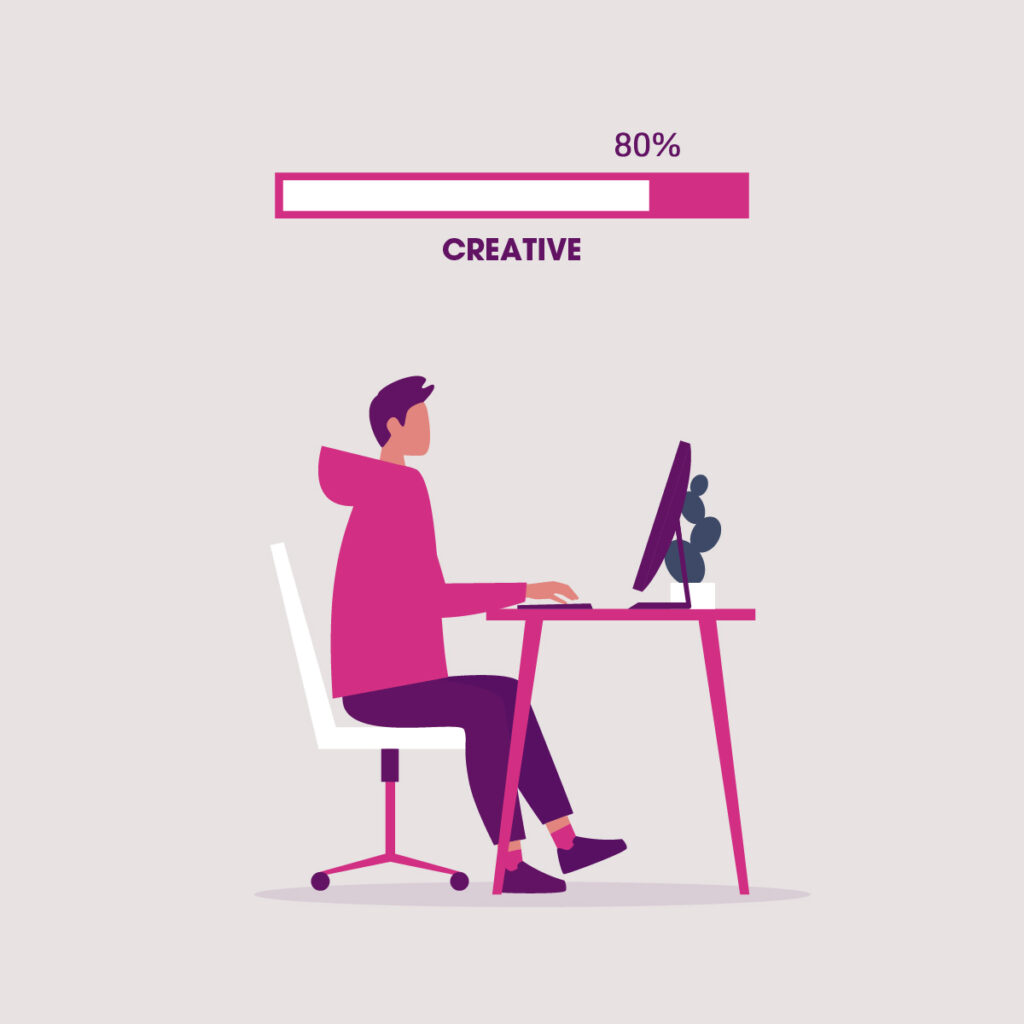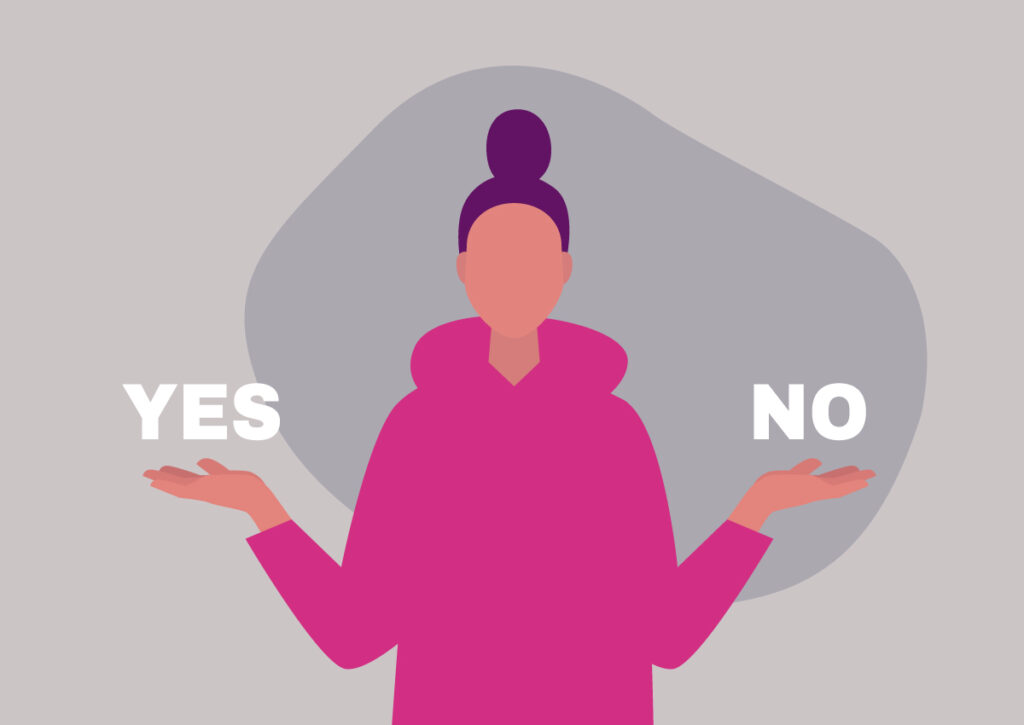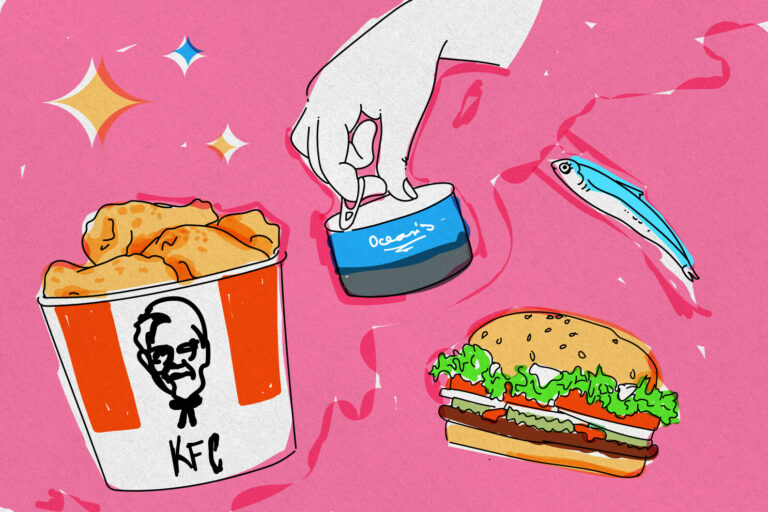For the better part of the last decade in advertising the paid content online and a desperation to always be on has watered down brands ability to create loyalty and brand retention with their audiences. It has further been amplified over the last two years by the amount of people globally stuck at home that shifted most media dollars to digital. It is now believed that we see between 6,000 to 10,000 advertisements a day1. And within that sea of paid ads, search ads, video ads, streaming ads, sponsored content, influencer content, emails, banners, hidden product placements and in-game ads, we also continue to see growth of the adblocker. In fact, almost half of the entire world (42.7% as of last year2) now uses them. So, for all that noise and effort almost half of it is not seen.
With the rise of the concept that “content is king” and any individual or small business can create a paid ad easily we stopped worrying too much about getting it right and fell into the habit of just being on all the time.
Our communications have become desperate, like the newcomer to a party who is feeling ignored so they just keep talking – hoping someone will remember you in the morning. But when there is so much happening at once (clears throat…remember that 6k-10k ads a day?) and almost half of the people do not see you or listen to you (cough…ad blockers) the need to stand out becomes even more essential.
Much of digital marketing is no more than static noise in the background these days to the average person. Where in that static noise can we expect to create any consumer loyalty? The simple answer is what advertising has always tried to do; find better ways to be creatively disruptive customers without angering them. Good disruption is built on surprise, delight, and brand retention.
It is far from a new idea. In fact, it is an incredibly old one that advertising has always strived for…we just lost the plot for a few years. In 2018 Kantar Millward Brown compared 3.6 million consumer interviews on 122,000 brands over a 12-year period. They found that brands who had the highest value in the eyes of consumers were those who combined creativity and disruption to with their advertising raising their average brand value by 265%3.

How do we start to create brands that creatively disrupt?
Part of building loyalty is building trust. When we look at planning in micro-bursts over a year and refuse to look at multi-year strategies and creative positioning, we get into a cycle of constantly reinventing the wheel ever few months because the last quarter was not a meteoric business success. Nothing grows and the consumer is always being reintroduced to the brand or product. We create an endless loop where break through ideas cannot be thought up and both brand and agency become frustrated with each other. That does not mean you stop short term planning. But it does mean you also need to start to plan longer terms again in parallel.

Agencies will never take risks in presenting innovative ideas if you do not trust there is an opportunity to see them happen. And a brand will never take a risk on a big idea if they do not trust you have their business health in mind as your primary goal.
The best place to start to build that trust is at the beginning of the relationship by asking a few key questions.

What you should be asking your creative partner:
What are you doing in your process to drive creative-first thinking to solve our problems?
Agencies like to think of themselves as all being creative. But there are ranges of creative thinking from crafting executions to new ideas to going beyond the ask. They should have an answer or solution into how they work that helps facilitate breakthrough thinking directly in their creative process.
What do you need from us (the client) to help you create breakthrough ideas?
If your agency is showing up with fully fleshed out ideas and work without talking at all between brief and presentation, there is a gap. You should be involved in the conversation early enough to help champion big ideas with your agency – but also ensure you do not kill an idea before it has been properly understood. The most exciting time to work with your agency partner is when the ideas are flowing – ask to be in the room a few times as an active participant not a judge or critic.
How do your ideas create loyalty?
A big idea is useless if it has no strategy or plan behind it to grow your business. Making sure the agency has a strategic mind behind their creative to drive results.

What you should be asking your client:
Are you prepared to be patient and plan a long-term vision for your brand?
It takes time to grow trust. You need to start with small wins and grow towards larger wins. If they are tentative, that is okay. It is your job to be patient and talk long term while still getting the job of today done well. If a big idea does not get past the presentation don’t give up. Put it to the side and keep it there – a promising idea never dies.
Are you ready to be challenged and take risks to stand out?
Some clients are happy just being in their category and fear risk. Maybe they had a troubled relationship where their agency didn’t listen to them or a campaign that did badly and scared them away from risk. However, it is important to establish the future in a relationship at the beginning. Do not be afraid to ask for a long-term commitment. Don’t be afraid to tell them flat out that you don’t always hit a home run the first few tries. Then make sure that if you can prove yourself that they can equally commit to bigger creative thinking. Otherwise, you may find yourself feeling less like a partner and more like a pair of paid hands in a few years. Those partnerships never last.
What you should ask if they say ‘yes’ and you start to get to know each other:
Where will your business be in three years?
If you want to plan a long-term strategy you need to understand what your client is doing today, tomorrow and in a few years so you can plan properly as well as start to seed ideas early.
Where have you failed to connect with your consumers?
We learn from falling. Unfortunately, agency and brand partnerships are often lost during a fall if there is no trust. And that learning is lost as well. You as a partner need to have intimate understanding of past failures not only in how they failed but how the client felt about it and what they learned.

Where do we go from here?
There are hundreds of other questions both you as brand and you as agency can ask each other. But what is more important is that you talk. Have real discussions about each of your objectives as a business and understand each other as intimately as you would close friend. Casual acquaintances have falling outs, close relationships can whether the storm together and grow over their lifetime.
What is important is how you can plan together to create those true opportunities to mix creativity and disruption into your advertising plans while not bitten the easy ‘let us just create content’ bug. Otherwise, short term goals will only ever be answered with short gains.




